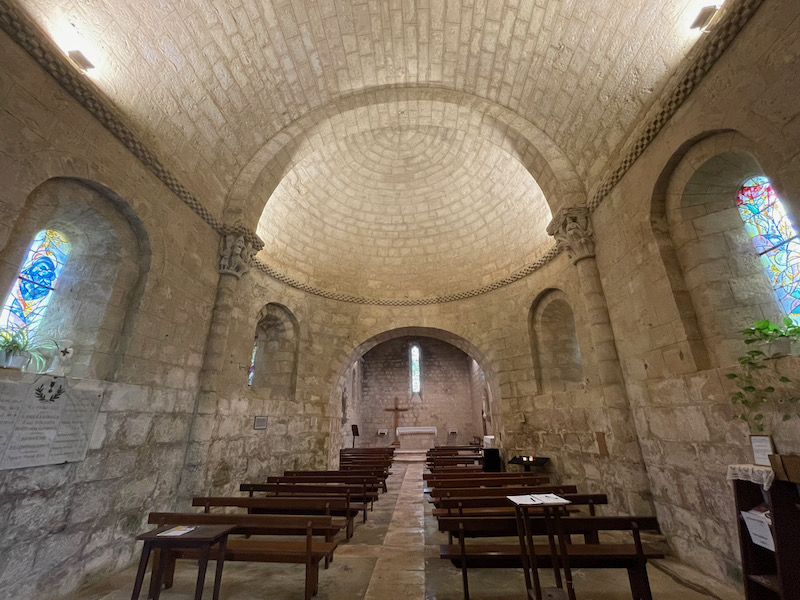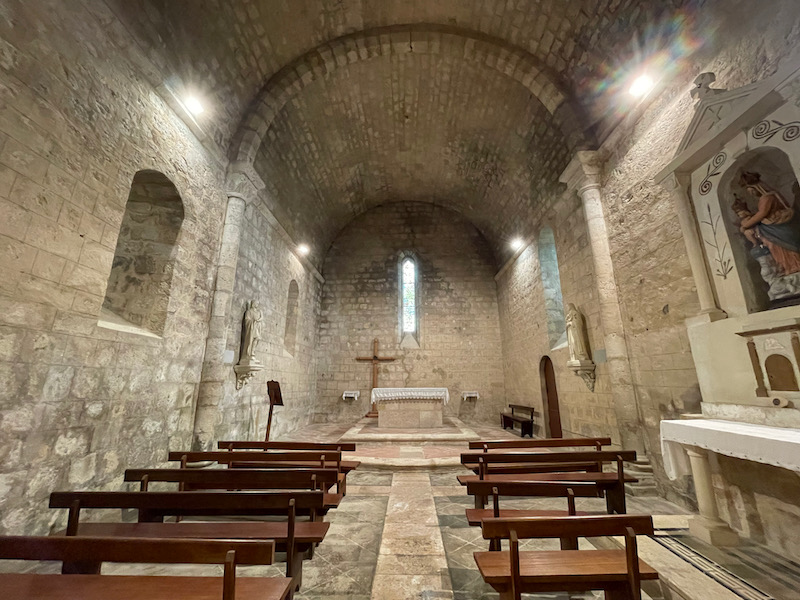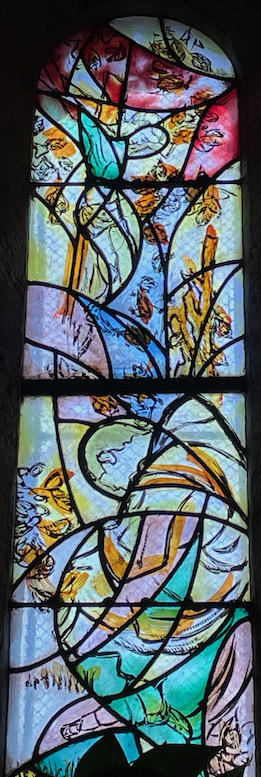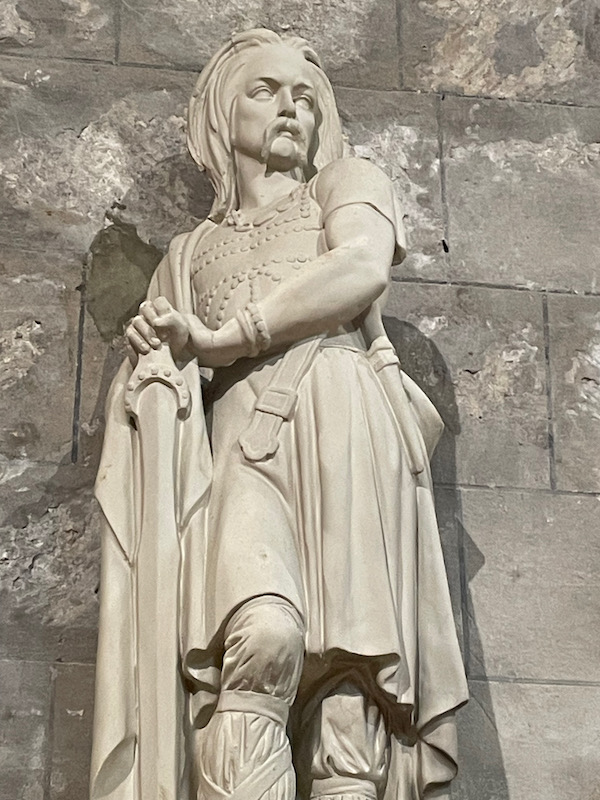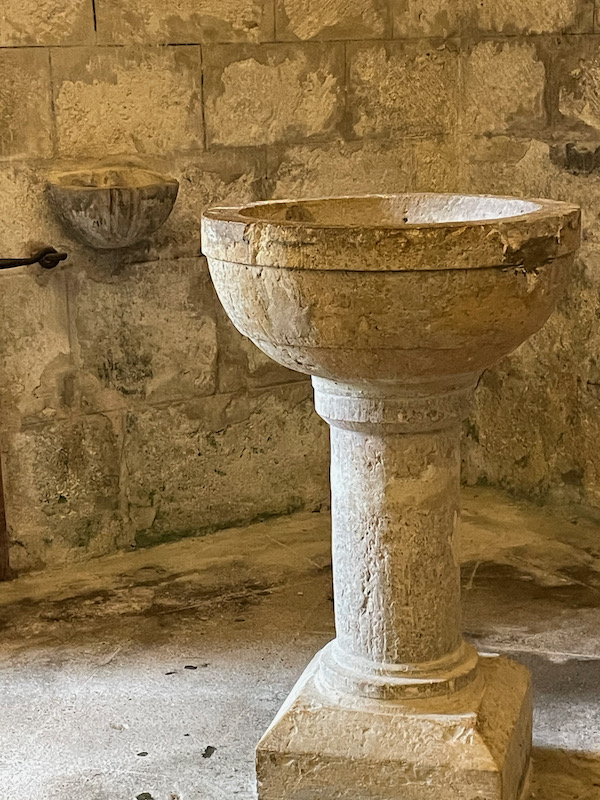Our Blog - Loop Trip - Larressingle, France
As soon as we arrived at Larressingle, it seemed very familiar to me, even though I didn't see it listed in my "list of places" on our blog. Looking more closely, I found it "stuck" in a blog for the nearby town of Condom. I have since moved it to its own page but most of the information is going to be the same.
They call Larressingle "the little Carcassonne of the Gers" but I suspect that is just a marketing ploy, as I really don't think it looks like Carcassonne. You can judge for yourself if you want to scan through my 2018 Carcassonne blog ... you have to scroll down a bit to see the 13th century medieval part. Personally, I don't see the resemblance! It is one of the smallest fortified villages in France is listed as one of the "Most Beautiful Village of France" (Plus Beaux Villages de France).
To get a quick (16 second) aerial view, there is this YouTube video.
In the 11th century, a primitive church and the land around it were donated to the nearby Abbey of Condom. In the 12th century, the abbots of the Abbey replaced this church with a new church that had a defensive structure. In the 13th century, the area was in the middle of a fight between France and England, and the abbots had the fortress and walls built. By the 17th century, the castle here was abandoned for a more modern castle nearby in Cassaigne. At the end of the 18th century, the roof was dismantled from the castle and the village fell into disuse. At the beginning of the 20th century, only 3 houses were inhabited and the fortress was doomed. The Duke of Treviso created a preservation committee with financial backing from some people in Boston, which preserved the village.
The village is surrounded walls that are almost fully intact. The walls, sometimes still surrounded by curtains and battlements, are reinforced by square towers. You enter through a high fortified gate that used to have a drawbridge (now a fixed bridge) framed by two narrow pillars. You can also see the moat (which is now grass) and the castle, which is the tallest building that is missing the roof.
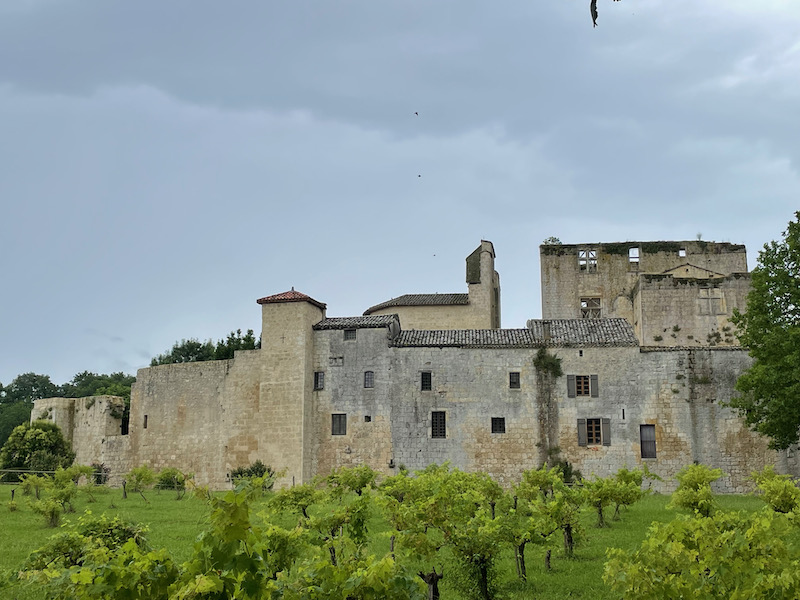
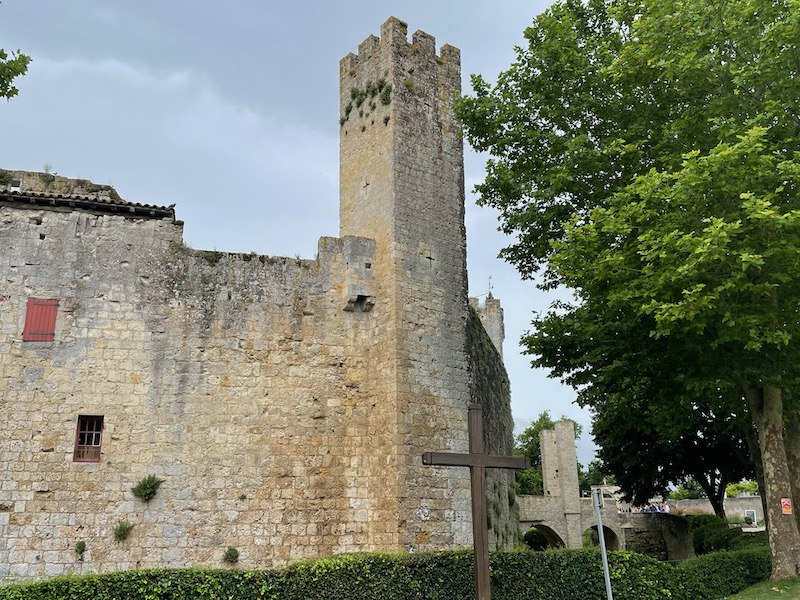
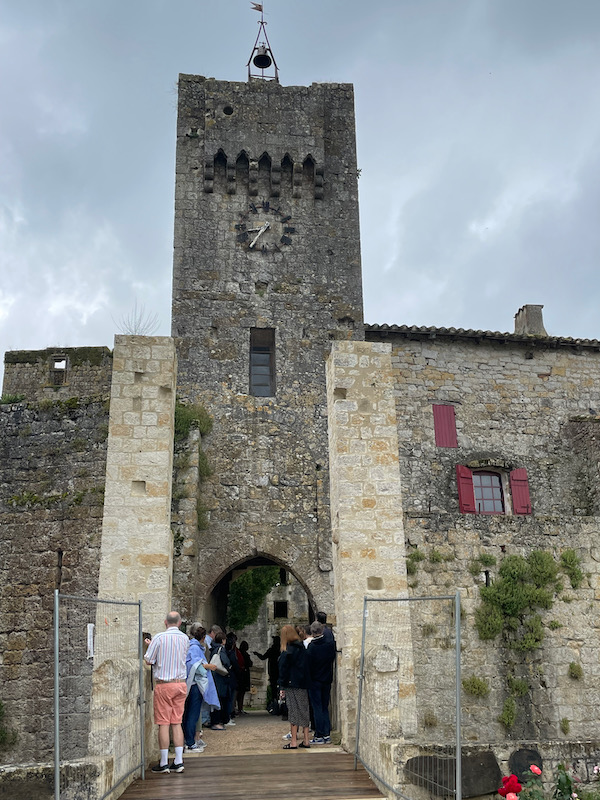
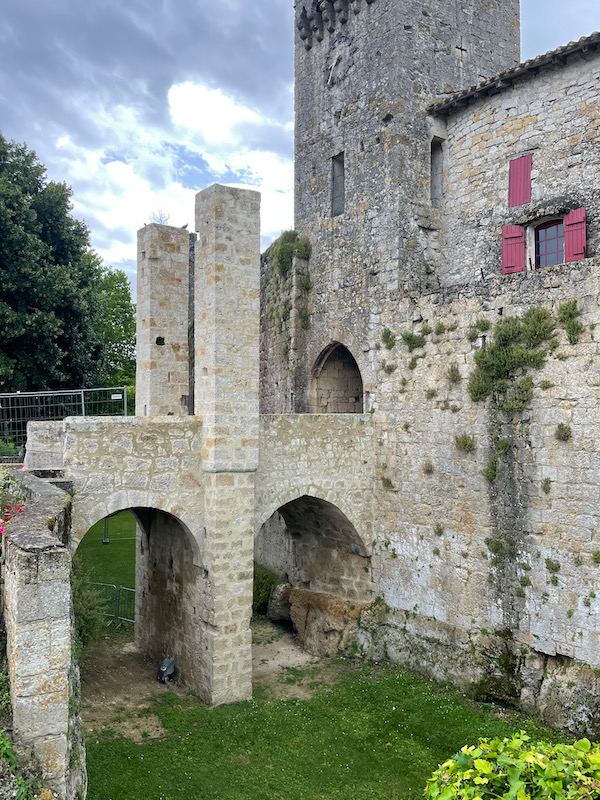
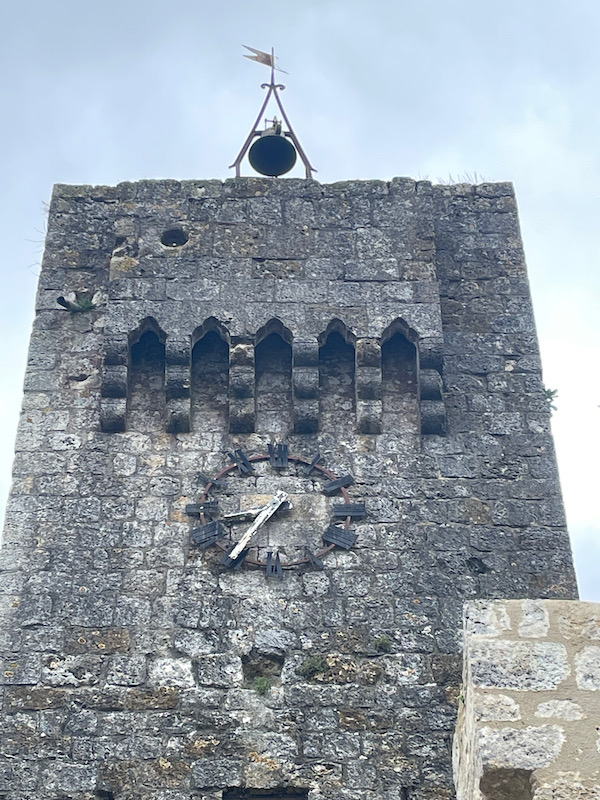
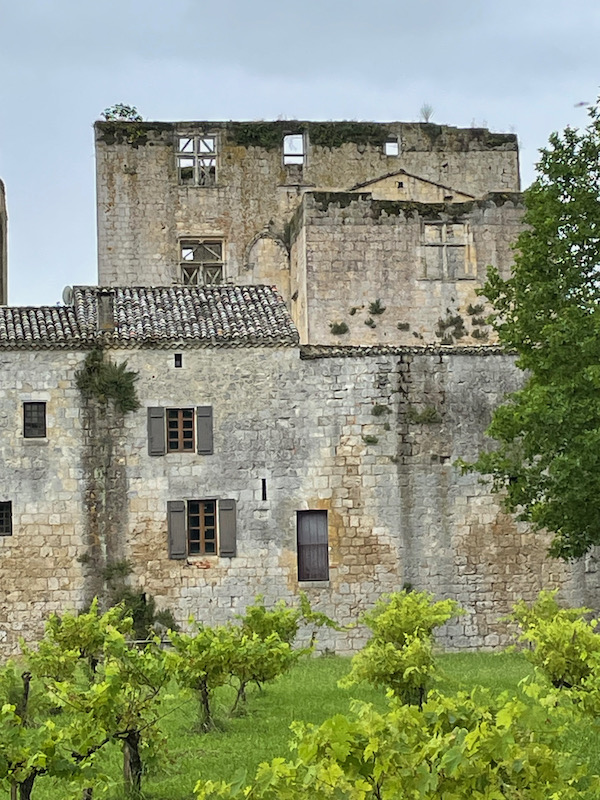
Various pictures from walking around the castle and the church (the last picture).
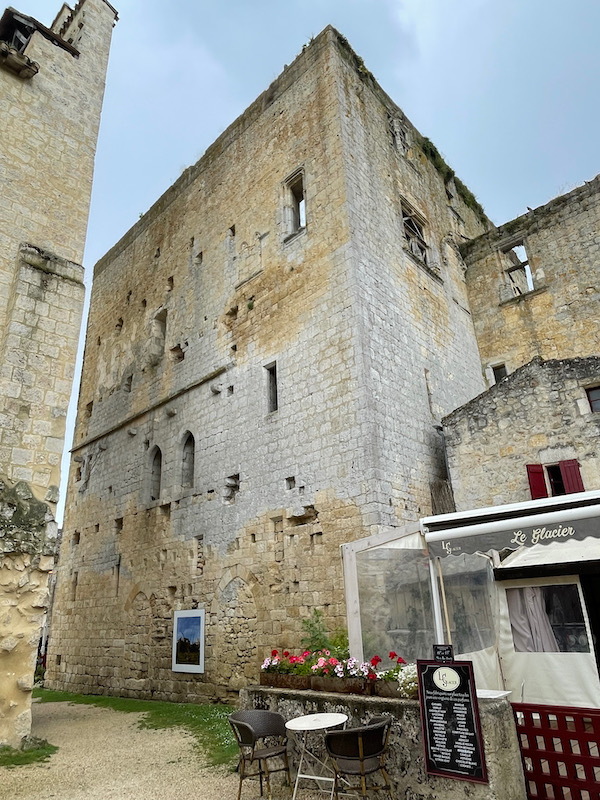
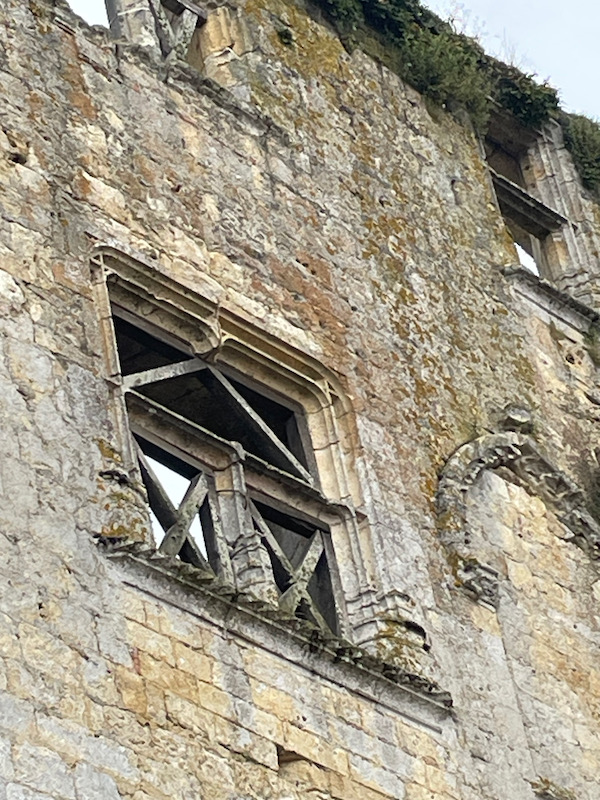
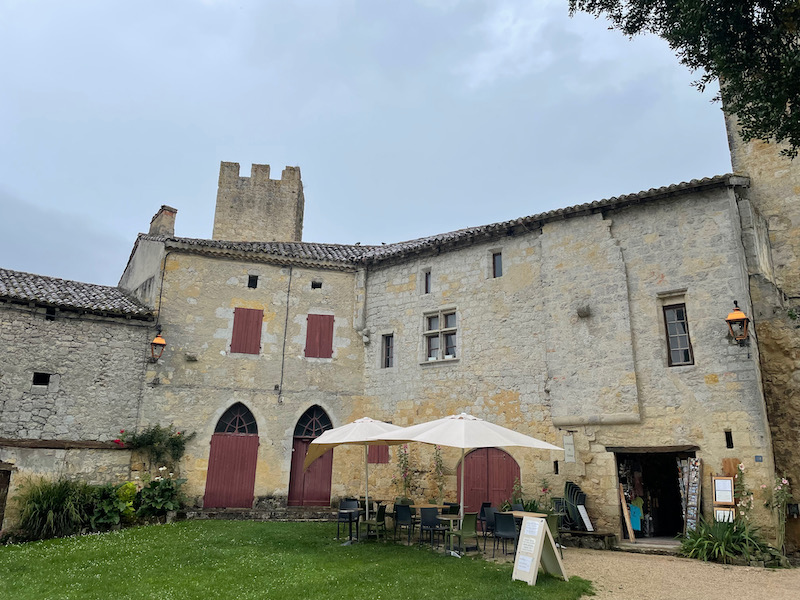
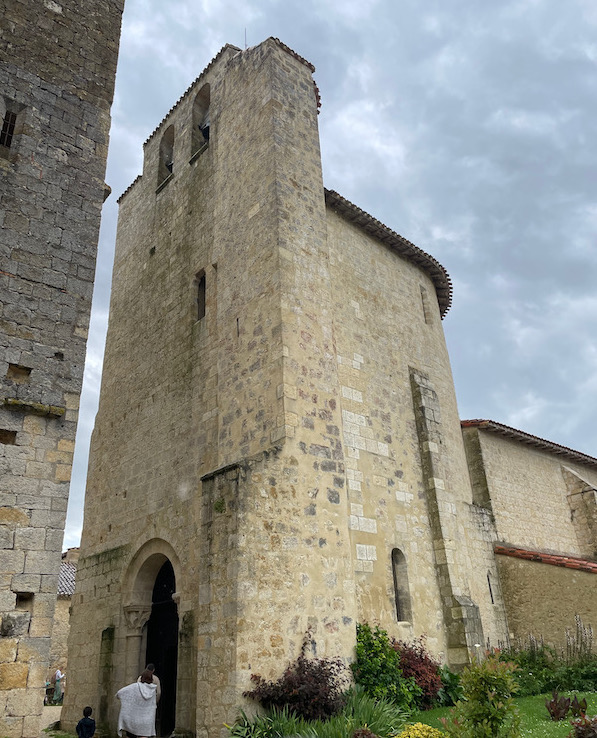
The Romanesque church is dedicated to Saint Sigismund and dates from the 12th century. The interior seems very low compared to the height of the building itself. It is quite plain inside, perhaps because it had fallen into ruin and reconstructed. The stained-glass windows are quite modern but don't actually detract from the church itself. They were created and installed in 1993. The statue of Saint Sigismond is much newer, made at the end of the 19th century in Toulouse.
